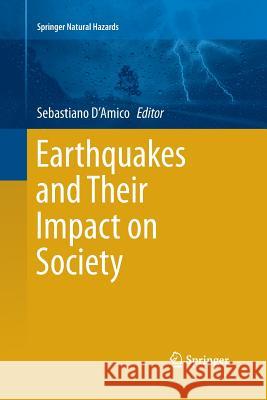Earthquakes and Their Impact on Society » książka
topmenu
Earthquakes and Their Impact on Society
ISBN-13: 9783319348582 / Angielski / Miękka / 2016 / 706 str.
Kategorie:
Kategorie BISAC:
Wydawca:
Springer
Seria wydawnicza:
Język:
Angielski
ISBN-13:
9783319348582
Rok wydania:
2016
Wydanie:
Softcover Repri
Ilość stron:
706
Waga:
1.00 kg
Wymiary:
23.39 x 15.6 x 3.71
Oprawa:
Miękka
Wolumenów:
01
Dodatkowe informacje:
Wydanie ilustrowane











